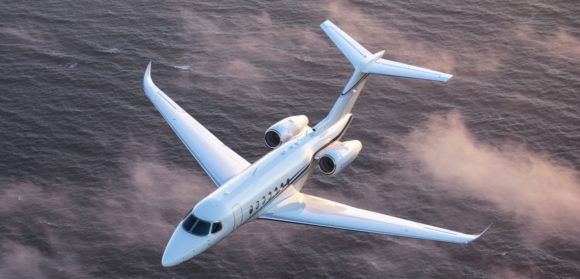 You can learn about this new aircraft here.
You can learn about this new aircraft here.
Meanwhile here are the key items:
- Payload 6,000Lb, Range 900NM.
- A passenger version could carry 19.
- FedEx is the launch customer with an order of up to 100 (50+50).
From what we can discern, Cessna has offered a simple solution to the small turboprop requirement. This is a market we have heard Embraer talk about. Even South Africa’s Denel has a prototype model of something this size. Having moved rather quickly, Cessna pips these other ideas and secures a marquis customer and order. Follow-ups will struggle now because this is a huge first mover advantage.
The aircraft has a fixed gear and is not pressurized. This limits any airline interest for passengers use in developed air travel markets. But in places like Africa and parts of South America, this is not an issue. It is an idea that Viking in Canada probably will not appreciate. They have had something of a lock on this market. No doubt Indian customers that like the Twin Otter will be calling Wichita today to ask about a floatplane version.
Textron, the parent of Cessna, selected the ubiquiotsPratt & Whitney Canada PT-6 to power the aircraft. It will have a metal four bladed prop. This means that Blackhawk will watch carefully for an opportunity to perform their magic after a few years. The engine selection is interesting since Textron’s Beechcraft unit selected the GE ATP for their Denali. Textron is making a smart move; the PT-6 is, without doubt, the low-risk option if they want a low-cost aircraft. But keeping both engine makers engaged is also a method to derisk their business.
FedEx has 290 turboprops feeding their mainline operations. The new Cessna is going to replace Cessna Caravans and ATR42s.
Views: 0




It is a good news for general aviation that desperately need a low cost small twin engines, as you mentioned it is a bad news for Viking Air that will face a serious contender now.
Looks like a jumbo Tecnam 2012. I hope Tecnam’s intellectual properties department did their job.